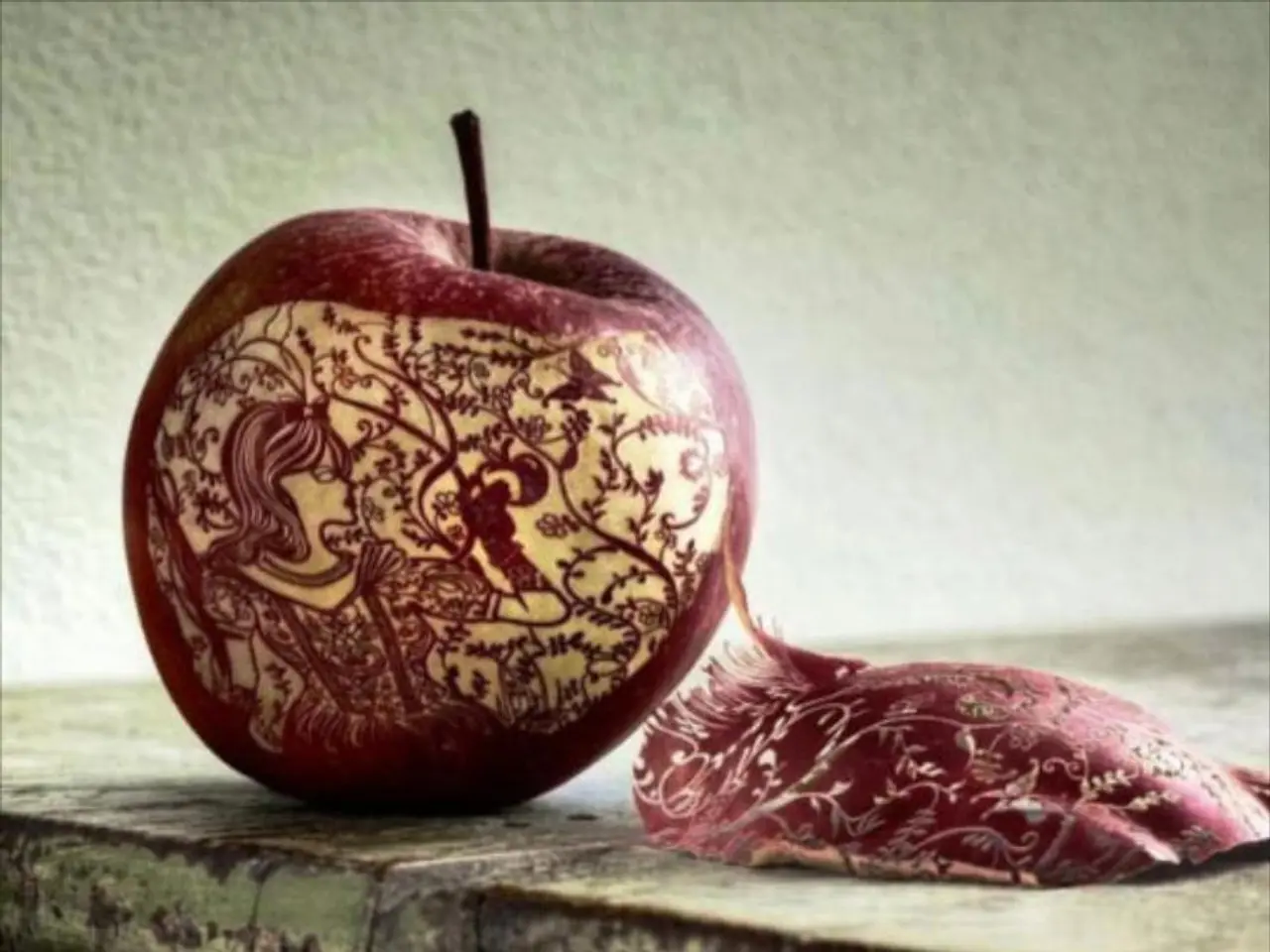A Beat Sheet Explained: Its Advantages for Authors in Story Development
A beat sheet is your screenplay's navigation system, simplifying the journey from idea to execution. Essentially, it breaks down your story into key segments, helping you maintain a cohesive narrative and captivate your audience.
Imagine the beat sheet as a blueprint for your masterpiece. Each segment – or "beat" – signifies a critical event or turning point in your tale. By organizing your story this way, you can easily navigate your screenplay's structure, rhythm, and emotional highs and lows.
Why Use a Beat Sheet?
- Focus: Plot your story with precision, ensuring that every scene contributes to the overall narrative.
- Clarity: Make your story easy to understand, keeping the audience hooked from beginning to end.
- Efficiency: Work smarter, not harder. Visualize each plot point at a glance, minimizing the need for extensive rewrites.
- Cohesion: Keep your world and characters consistent, ensuring that they evolve naturally throughout the story.
The Three-Act Structure
Most beat sheets align with the classic three-act structure: Setup, Confrontation, and Resolution. In the Setup, you introduce your world, characters, and set the stage for conflict. The Confrontation builds tension and involves plot twists, challenges, and obstacles for the protagonist. Finally, the Resolution ties up loose ends and emphasizes the story's theme.
Key Elements of a Beat Sheet
- Inciting Incident: The moment that disrupts the protagonist's world and kicks off the main narrative.
- Plot Twists: Keep the audience guessing and add depth to your story. Each twist should deepen the conflict or reveal something new about the characters.
- Midpoint: Often redefines the story's direction or stakes, acting as a turning point in the narrative.
- Climax: The highest tension point leading to resolution.
- Resolution: Emphasizes the story's theme and wraps up character arcs and plot points.
By mastering these elements, you can create engaging narratives that capture the imagination of both producers and audiences.
Incorporating a beat sheet into your screenwriting repertoire elevates your work, streamlining the writing process and ensuring your projects meet industry standards. So, roll up your sleeves and get ready to craft a narrative that resonates with all who watch it.
- To fully utilize technology in your screenwriting process, it's recommended to integrate a beat sheet – a blueprint for organizing your story – as it streamlines the writing process, ensuring optimal coverage of each plot point for a cohesive narrative.
- Enhance your story's technology aspect by carefully planning plot twists and the climax, ensuring they provide proper coverage of your characters' emotional highs and lows, contributing to a captivating narrative that resonates with both producers and audiences.




